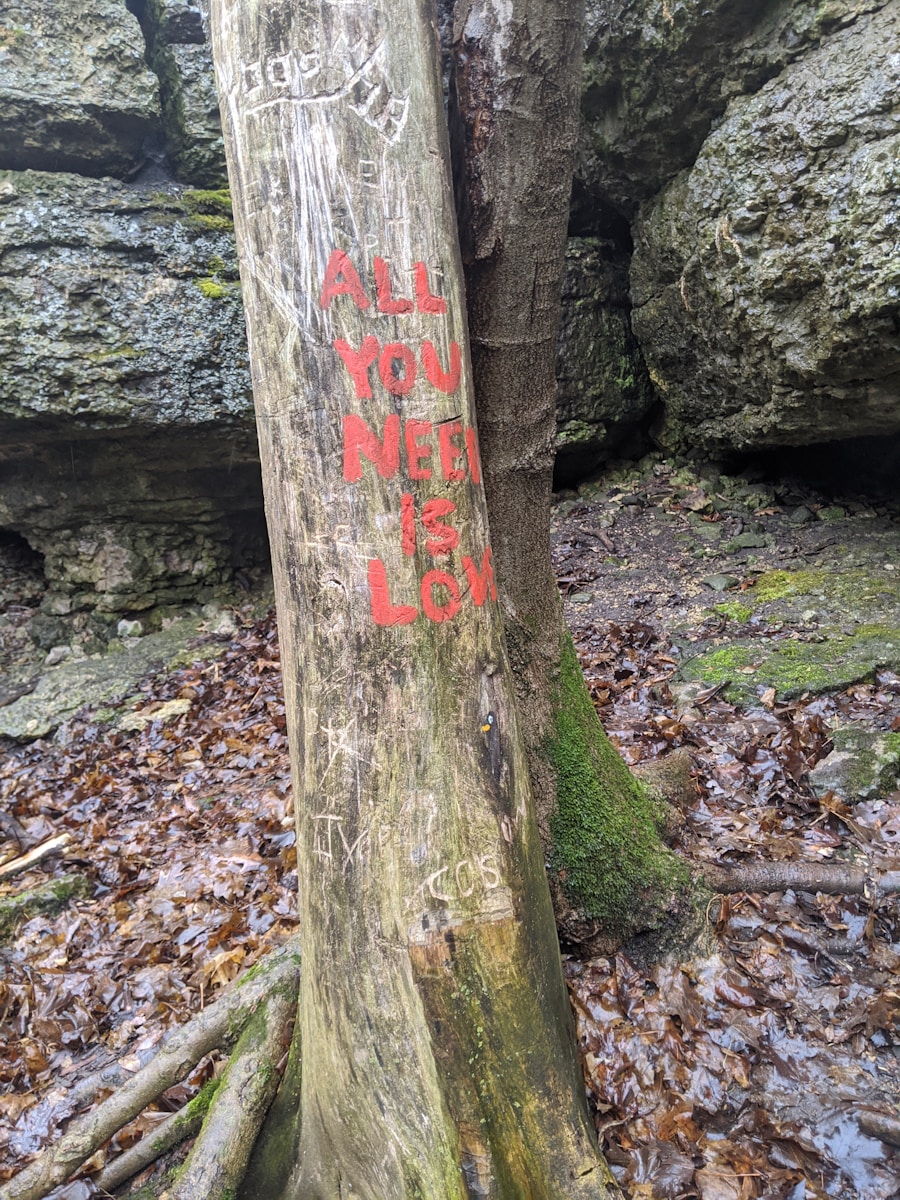Hiking is a popular outdoor activity that offers numerous physical and mental health benefits, from improving cardiovascular fitness to enhancing mood and reducing stress. However, many hikers experience an unexpected and often uncomfortable phenomenon: finger swelling. This condition can manifest as a temporary increase in the size of the fingers, leading to discomfort and difficulty in gripping trekking poles or handling gear.
Understanding the causes of finger swelling during hiking is essential for both novice and experienced hikers, as it can significantly impact the overall hiking experience. Finger swelling, medically known as peripheral edema, can occur for various reasons, including physical exertion, environmental factors, and individual health conditions. While it may seem like a minor inconvenience, it can be indicative of underlying physiological responses to the rigors of hiking.
By exploring the various factors that contribute to this condition, hikers can better prepare themselves for their adventures and mitigate the discomfort associated with swollen fingers.
Key Takeaways
- Finger swelling during hiking is a common issue that can be caused by various factors such as physical activity, altitude, temperature, dehydration, salt intake, and medical conditions.
- Physical activity, especially repetitive gripping and holding of hiking poles, can lead to finger swelling due to increased blood flow and pressure in the hands and fingers.
- Altitude can also contribute to finger swelling as the body adjusts to lower oxygen levels, leading to increased blood flow and potential fluid retention in the fingers.
- Cold temperatures can cause vasoconstriction, reducing blood flow to the fingers and potentially leading to swelling, while hot temperatures can increase blood flow and lead to fluid retention.
- Dehydration can exacerbate finger swelling during hiking, as the body retains more sodium and water, leading to increased fluid retention in the fingers.
The Role of Physical Activity in Finger Swelling
Engaging in physical activity, particularly activities that involve repetitive motions or prolonged use of the hands, can lead to finger swelling. When hiking, the body undergoes a series of physiological changes to accommodate increased physical demands. As the heart rate elevates and blood circulation intensifies, blood vessels expand to deliver more oxygen and nutrients to the muscles.
This increased blood flow can sometimes result in fluid accumulation in the extremities, including the fingers. Moreover, the act of gripping trekking poles or adjusting gear can exacerbate this swelling. The repetitive motion of gripping can lead to localized inflammation and fluid retention in the fingers.
This is particularly true for hikers who may not be accustomed to long treks or who are carrying heavy loads. The combination of physical exertion and the mechanical stress placed on the hands can create a perfect storm for finger swelling, making it a common experience among those who hike regularly.
Understanding the Impact of Altitude on Finger Swelling

Altitude plays a significant role in various physiological responses during hiking, including finger swelling. As hikers ascend to higher elevations, the atmospheric pressure decreases, which can affect how fluids are distributed within the body. At high altitudes, the body may struggle to maintain proper fluid balance due to changes in oxygen availability and pressure.
This can lead to an increase in fluid retention in certain areas, including the fingers. Additionally, high-altitude environments often present unique challenges such as reduced humidity and colder temperatures, which can further complicate fluid dynamics in the body. Hikers may find that their fingers swell more noticeably at elevations above 8,000 feet due to these combined factors.
The body’s response to altitude can vary significantly from person to person; some may experience minimal swelling while others may find their fingers become quite puffy and uncomfortable.
The Influence of Temperature on Finger Swelling
| Temperature (°C) | Finger Swelling (mm) |
|---|---|
| 10 | 2.5 |
| 15 | 3.0 |
| 20 | 3.5 |
| 25 | 4.0 |
| 30 | 4.5 |
Temperature is another critical factor that influences finger swelling during hiking. In warmer conditions, blood vessels dilate to help regulate body temperature, which can lead to increased blood flow to the extremities. This process is essential for thermoregulation but can also result in fluid accumulation in the fingers.
As blood vessels expand, they become more permeable, allowing fluids to seep into surrounding tissues and causing swelling. Conversely, cold temperatures can also contribute to finger swelling through a different mechanism. When exposed to cold, blood vessels constrict to preserve core body heat.
However, if the hands are not adequately protected from the cold, this constriction can lead to a buildup of fluids as blood flow becomes restricted and then suddenly increases when warmth is restored. Hikers who transition from cold environments into warmer areas may notice their fingers swelling as blood flow returns to normal levels. Understanding how temperature affects finger swelling can help hikers dress appropriately for varying conditions and manage their symptoms effectively.
Dehydration and its Effect on Finger Swelling
Dehydration is a common issue for hikers, especially during long treks where access to water may be limited. Ironically, while dehydration typically leads to a reduction in overall fluid levels in the body, it can also contribute to localized swelling in certain areas, including the fingers. When the body is dehydrated, it tends to retain fluids as a survival mechanism, leading to an imbalance that can cause swelling.
Inadequate hydration can also impair circulation and lymphatic drainage, further exacerbating fluid retention in the extremities. Hikers who neglect their hydration needs may find that their fingers swell more noticeably as their bodies struggle to maintain homeostasis under physical stress. It is crucial for hikers to monitor their fluid intake carefully and ensure they are drinking enough water throughout their journey to prevent dehydration-related swelling.
The Connection Between Salt Intake and Finger Swelling

Dietary salt intake plays a significant role in fluid retention and can directly influence finger swelling during hiking. Sodium is an essential electrolyte that helps regulate fluid balance within the body; however, excessive salt consumption can lead to increased water retention. When hikers consume salty snacks or meals before or during their hikes, they may inadvertently contribute to swelling in their fingers.
The relationship between salt intake and finger swelling is particularly pronounced when combined with other factors such as dehydration or high physical exertion. For instance, if a hiker consumes a high-sodium meal before embarking on a long trek without adequate hydration, they may experience pronounced swelling in their fingers due to both fluid retention from salt and dehydration’s effects on circulation. Being mindful of salt intake before and during hikes can help mitigate this issue and promote better overall hydration.
Medical Conditions and Finger Swelling During Hiking
Certain medical conditions can predispose individuals to experience finger swelling during physical activities like hiking. Conditions such as arthritis, heart disease, kidney dysfunction, and venous insufficiency can all contribute to increased fluid retention and swelling in the extremities. For example, individuals with arthritis may experience joint inflammation that exacerbates swelling in the fingers during physical exertion.
Moreover, those with cardiovascular issues may have compromised circulation that leads to fluid buildup in various parts of the body when engaging in strenuous activities like hiking. It is essential for individuals with pre-existing medical conditions to consult with healthcare professionals before embarking on challenging hikes. Understanding how these conditions interact with physical activity can help hikers make informed decisions about their capabilities and necessary precautions.
Tips for Preventing and Managing Finger Swelling While Hiking
Preventing and managing finger swelling during hiking involves a combination of preparation, awareness, and proactive measures. One effective strategy is to ensure proper hydration before and during hikes. Carrying an adequate supply of water and consuming electrolyte-rich beverages can help maintain fluid balance and reduce the risk of swelling.
Additionally, hikers should be mindful of their diet leading up to their hikes. Opting for low-sodium snacks and meals can help minimize fluid retention caused by excessive salt intake. Incorporating foods rich in potassium—such as bananas or avocados—can also aid in maintaining electrolyte balance.
Wearing well-fitted gloves or using trekking poles with ergonomic grips can alleviate mechanical stress on the hands during hikes, potentially reducing localized swelling caused by repetitive gripping motions. Taking regular breaks during long treks allows for rest and recovery of the hands, which can also help mitigate swelling. Lastly, being aware of environmental factors such as temperature changes and altitude variations is crucial for managing finger swelling effectively.
Dressing appropriately for varying weather conditions and acclimatizing gradually when hiking at high altitudes can help minimize physiological stress on the body. By understanding the multifaceted causes of finger swelling during hiking and implementing preventive strategies, hikers can enhance their outdoor experiences while minimizing discomfort associated with this common issue.
When hiking, it is common for fingers to swell due to a variety of factors such as increased blood flow and fluid retention. This can be uncomfortable and even painful for hikers. To combat this issue, it is important to stay hydrated and take breaks to allow blood flow to return to normal. Additionally, investing in a compact pair of binoculars for hiking can help reduce strain on the hands and fingers, allowing for a more comfortable and enjoyable experience on the trails. Check out this article on compact binoculars for hiking for more information on how to choose the best pair for your outdoor adventures.
Love travel? Join Our Facebook Community For More Tips.
FAQs
What causes fingers to swell when hiking?
When hiking, the body’s natural response to physical exertion and increased blood flow can cause the fingers to swell. This is due to the increased pressure within the blood vessels and the accumulation of fluid in the hands and fingers.
How does elevation affect finger swelling during hiking?
At higher elevations, the decrease in atmospheric pressure can lead to the expansion of bodily fluids, including in the fingers. This can contribute to swelling during hiking at higher altitudes.
What role does dehydration play in finger swelling during hiking?
Dehydration can lead to reduced blood volume and increased sodium levels in the body, which can contribute to swelling in the fingers and hands during hiking. Staying properly hydrated can help mitigate this effect.
Are there any medical conditions that can exacerbate finger swelling during hiking?
Certain medical conditions, such as arthritis, carpal tunnel syndrome, or circulatory issues, can contribute to increased finger swelling during hiking. It’s important to consult with a healthcare professional if you have concerns about how these conditions may affect your hiking experience.
How can I reduce finger swelling during hiking?
To reduce finger swelling during hiking, it’s important to stay properly hydrated, take regular breaks to rest and elevate the hands, and wear properly fitting gloves or hand protection to support circulation. Additionally, maintaining a balanced diet and avoiding excessive sodium intake can help mitigate swelling.
